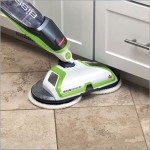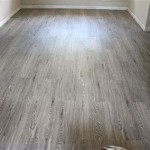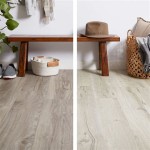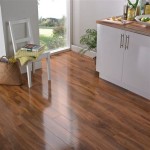Vinyl tile flooring is a popular choice for many kitchens due to its low cost, ease of installation, and versatility. It is also one of the most durable and easy to clean types of flooring. However, there are some potential drawbacks to using vinyl tile flooring in the kitchen. In this article, we’ll discuss the pros and cons of using vinyl tile flooring in the kitchen.
The Good
Vinyl tile flooring is an affordable flooring option that is easy to install and maintain. It comes in a variety of colors and patterns, making it easy to customize your kitchen. It is also very durable and can stand up to heavy foot traffic and spills. Vinyl tile flooring is also very easy to clean, as it is waterproof and resistant to staining.
The Bad
Vinyl tile flooring can be slippery when wet, making it a less than ideal choice for kitchens that are prone to moisture. Additionally, vinyl tile flooring can be easily damaged by sharp objects, such as knives or high heels. Over time, vinyl tile flooring can also become brittle and crack, especially in areas with high temperatures or humidity.
The Ugly
Vinyl tile flooring is not a natural material and therefore, it can off-gas harmful chemicals into your home. Additionally, vinyl tile flooring is difficult to repair and can be difficult to match if you need to replace a single tile. Finally, vinyl tile flooring can be difficult to paint due to its slick surface and lack of texture.
Conclusion
Vinyl tile flooring is a popular and affordable flooring option for many kitchens. It is easy to install and maintain, and is also very durable and waterproof. However, there are some potential drawbacks to using this type of flooring, such as its slippery surface and potential to off-gas harmful chemicals. Before deciding on vinyl tile flooring for your kitchen, it is important to weigh the pros and cons and consider your kitchen’s needs.















Related Posts








